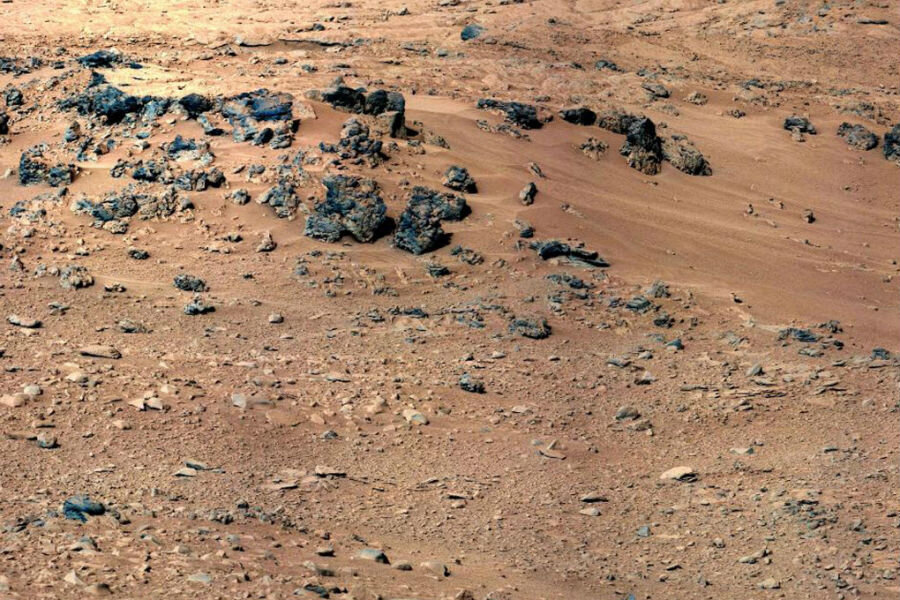Why NASA says it can 'sniff' out life on Mars
A team of NASA researchers have developed a "sniffer" with "a nose for certain molecules." The instrument could analyze dust on Mars for signs of life.
Inspired by a sensor currently used by the US military to scan the air for potentially dangerous chemicals and toxins, NASA technologist Branimir Blagojevic and his team adapted the sensor for use on Mars, where they say it could scan dust particles for "bio-signatures," or signs of life.
If it went to Mars, the sniffer’s technology would be a step forward for efforts to find life on Mars. The scanner can test large areas at once, quickly building a comprehensive map of life on Mars. It can also determine how old the signs of life are.
The Bio-Indicator Lidar Instrument, as it is known, is similar to radar, but uses light to find and analyze particles in the atmosphere. When the sensor finds dust plumes on the ground, it sends ultraviolet light through them, causing fluorescence. Looking at that fluorescence, scientists can determine whether the dust contains organic matter and how long ago it was created.
NASA has used light to analyze molecules before, in Earth-based climate research. On Mars, the Curiosity rover uses a laser to investigate the composition of rocks.
Further afield, researchers looking at the atmosphere of a ’super-Earth’ many light-years away were able to look at the effect of molecules on starlight to help determine what kind of atmosphere that planet has. And Euclid’s camera and near-infrared camera helped it to estimate the location of dark matter in the universe.
The LIDAR "sniffer" would join the arsenal of instruments already searching for life on Mars. A camera on board the Mars Odyssey spacecraft took nearly 21,000 images that were blended together to create the most comprehensive map of the planet yet. The Curiosity rover has a scoop that can pick up and analyze small soil samples.
What this new technology adds, the researchers explain, is the ability to cover more ground without having to trundle the equipment up to every new site. That’s particularly important on Mars, where uneven terrain can present a challenge.
The sniffer can find bio-particles, even in small amounts, from hundreds of meters away. Because it can analyze particles at a distance, there’s also less risk of contamination. Soil residue from one area could not inadvertently be moved to another area.
"This makes our instrument an excellent complementary organic-detection instrument, which we could use in tandem with more sensitive [tools] that can only measure a small amount of material at once," Dr. Blagojevic told NASA.
Another advantage: the sniffer can run on electricity alone, making it an efficient way to cover large areas of ground.
Blagojevic said that the sensor could be attached to a rover, serving as the "rover’s sense of smell." With that in mind, the team is now focused on making the sensor tougher and smaller. Blagojevic also wants to confirm that it can spot even trace amounts of many different organic molecules.
"NASA has never used [fluorescence techniques] for planetary ground level exploration. If the agency develops it, it will be the first of a kind," said Blagojevic.






